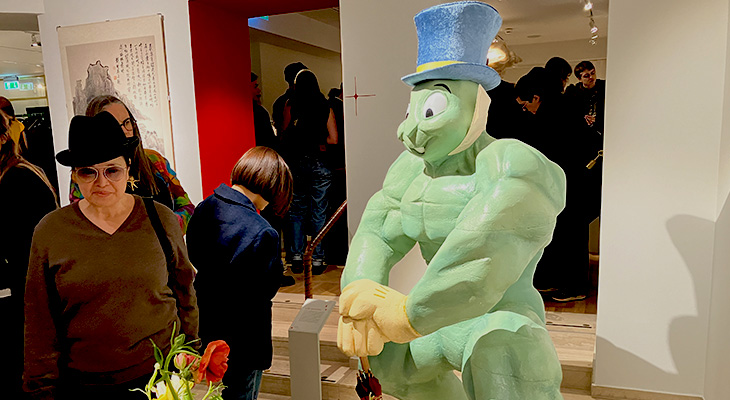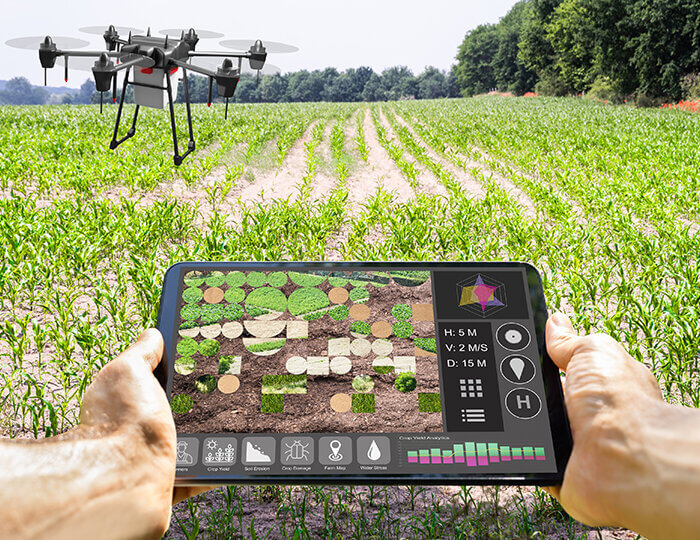NEWS • 2024-03-25
Design students and researchers collaborate in exhibition on AI
The exhibition There is no such thing as magic is a collaboration between the Beijer Institute, Beckmans School of Design and design firm Svenskt Tenn, which will be shown 22 March to 1 April at Svenskt Tenn’s store in Stockholm. With humour, imagination and design, Beckmans students shed light on the Beijer Institute’s and Stockholm Resilience Centre’s research on artificial intelligence (AI), its risks and opportunities in relation to both social and ecological sustainability.

The student’s were given lectures and tutoring by the researchers, allowing them to discuss together in smaller groups.
– By allowing visual communication and research to meet and interact, knowledge is shaped and conveyed both intellectually and emotionally. For the students, it is a fantastic opportunity to work with highly topical research in close dialogue with the leading experts in the field, says Sophia Wood, lecturer in charge of the course at Beckmans School of Design.
How will a future characterized by intelligent machines affect us and the living planet?
The title of the exhibition alludes to that the students picked up on that AI is often talked about as if it were something mysterious that came out of nowhere, out of our control — as if it were magic. In reality, the technology is the result of several years of decisions by actors in technology, economics, politics and research. The processes behind AI can be understood, questioned and improved. With an understanding of how AI works, we can make informed decisions and retain influence over how AI will affect our society and the living planet.
– The students tackled this multifaceted issue with a large dose of creativity and integrity. It is fantastic to see cutting-edge research and art interplay so nicely in their work, says Victor Galaz, programme leader at the Beijer Institute.
In his lecture he pointed out that large language models, such as ChatGPT, has a massive impact on the climate due to the vast amount of energy required to train and run them.
Listening to nature
The students’ interpretations are varied in both theme and form. At the entrance there is a giant sculpture of a pumped-up Jimini Cricket, Pinocchio’s conscience in Disney’s movie. The students Elvin Odelholm and Jonatan Modin reflected on whether AI could be used to help humanity with critical moral issues and asks: “What if a future artificial intelligence could work in symbiosis with human intelligence, acting as a kind of conscience for us. A super strong conscience.”
The students learned, among many other things, that AI is used to try to decode the language of other species, for instance the sperm whale. In a piece called Seashell Resonance, Amanda Artberger, Lina Sundkvist Strindberg and Sofia Di Marco, emphasise the importance of listening to our fellow species if ever we learn to communicate.
Read more about the exhibition and see the individual pieces at the exhibition website.
Participating researchers:
Stefan Daume, Beijer Institute and Stockholm Resilience Centre
Victor Galaz, Beijer Institute and Stockholm Resilience Centre
Fredrik Moberg, Stockholm Resilience Centre and Albaeco
Nanda Wijermans, Stockholm Resilience Centre
The design firm Svenskt Tenn is owned by the Beijer Foundation which in turn provides the core funding for the Beijer Institute.
NEWS



